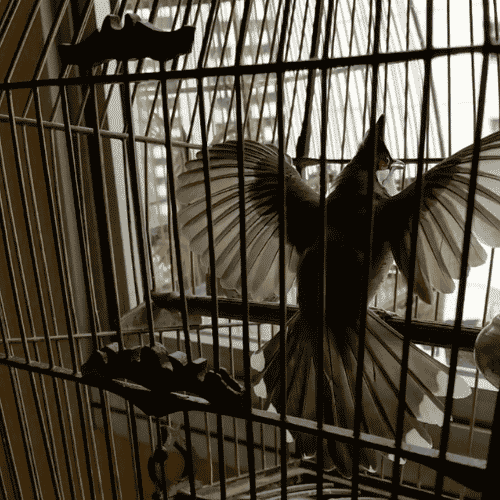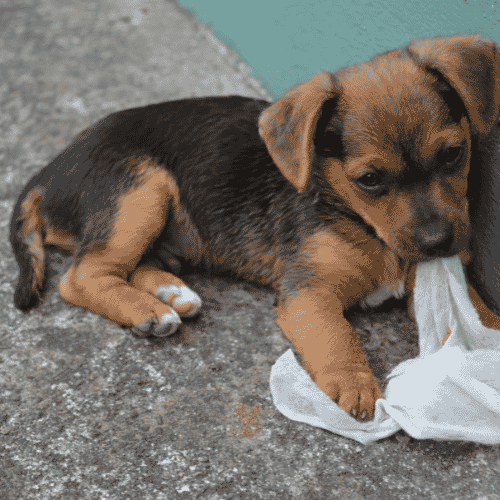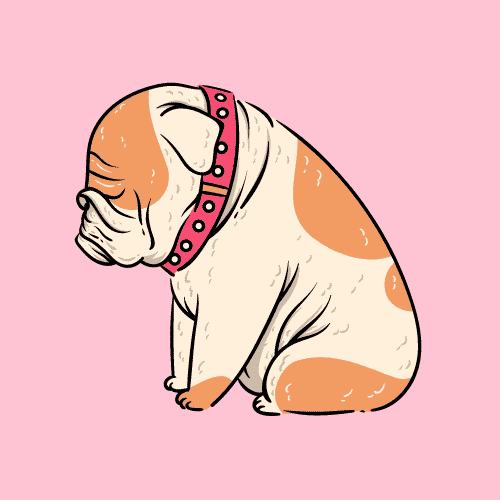Intelligent creatures that they are, birds use a variety of body language cues to communicate with us. If you are a bird parent, you would have noticed that your pet budgie or parrot rapidly shrinks and enlarges its eyes sometimes.

This is called pinning and is a sign that it is focusing on something, and could be because it is scared or angry. Similarly, beak grinding is a sign of contentment. The flapping of wings too is a form of communication and can mean many things depending on the context such as other body language and vocal cues.
Bird Flapping Wings but Not Moving? Here’s What This Means
Flapping helps improve blood circulation to the wings. Often, birds do this for the same reason we arch our backs after sitting for hours. Most birds do this in the morning to wake their sleepy wings. You might even hear them make a few angry noises to get in the mood. It is also a form of exercise for them. After all, they need their flight machines in good shape, and it is rarely a sign of discomfort.
If you give your birds a lot of cage-free time, you might not notice this as much, since they are already getting the necessary exercise, and blood circulation. However, if your bird is rarely let out, or has clipped wings, then flapping in place can be an increasingly normal sight. This isn’t cause for any significant alarm unless done together with other body language cues.

They also flap their wings to seek your attention, or to show happiness, and contentment. Flapping, however, should not be confused with flipping, which is when the wings drop and are held tightly against the body. Flipping is a sign of discomfort, which can signal tiredness or even illnesses of different types, and you should consult a vet if this happens for prolonged periods of time.
Additionally, if the bird is exhibiting other behavioral patterns along with flapping, such as panting or breathing with an open mouth and holding the wings away from the body in order to cool off, it could be a sign of overheating.
It is important that you understand the contextual body language in order to decipher how a definite and repetitive flapping of the wings is different from a simple twitch or a singular, aggressive flap accompanied by some tail movement. Observing associated vocalizations can also help in this process.
Do Birds Kiss – Bird Behavior Explained
Bird Flapping Wings in Cage
At times, the cage size can be the reason the bird is flapping its wings but not flying around. This could be an indication of inadequate space within the cage, and remember, a small bird does not mean a small cage, and they need ample space to exercise and fly around.
So, it is always a good idea to find the largest possible cage for your pet bird. Moreover, birds thrive when they get ample cage-free time. Therefore, it is also suggested that they get around 2-3 hours outside their cage to really stretch their wings and move around.
Birds Flapping Wings at Each Other
While most birds like budgies and parrots are highly social, they too have their domestic quarrels while living together. When everything is fine between the cohabitants, you will see them sitting together, bobbing, singing and chatting away merrily.
You might also find them grooming each other or regurgitating food into each other’s mouths. But at times they can get very aggressive and flap their wings at each other.
This is accompanied by loud screeches and squawks, but if this happens more than once in a while, it could be an environmental issue. They may be finding the space within the cage insufficient or having difficulty sharing toys. It could also be because of insufficient rest or poor sleeping habits.
Sometimes the stressor can be natural, like molting or sickness. Observe them for a while and take stock of the situation. If the behavior persists even after you change the environmental factors, you can take them to the vet to check for organic causes.
Caring For A Grackle Fledgling – UPDATED 2022 – A Complete Guide
Other Reasons Behind Wing Flapping
Beyond this, the most obvious reason behind compulsive wing-flapping could be the result of overheating. Most pet birds, including budgies, don’t do that well in warm temperatures and are constantly at the risk of heat strokes. In fact, just 15 minutes of direct sunlight can result in a heat stroke death, if temperatures aren’t brought back to normal.
You can identify overheating when wing flapping is accompanied by other body language cues, such as panting and heavy breathing with an open mouth, holding wings away from the body in order to cool down, along with certain unnatural stressful behaviors. In such situations, vets often recommend misting with cold water, or a room temperature water bath.
If their condition fails to improve, you will have to take them to the vet right away, so that they can be given medicines and supplements to help replenish essential nutrients and electrolytes. It is best to avoid conditions from deteriorating to such an extent, by ensuring ambient temperature at all times, along with plenty of hydration.
Conure Wing Flipping – UPDATED 2022 – A Complete Guide
Final Verdict
We fall in love with our birds mainly because they are absolute goofballs, and such obsessive, and erratic behaviors are part and parcel of who they are, and what makes them such a treat to watch. Overall, flapping wings in place is nothing to be concerned about, and if in fact there is some underlying problem, it will be evident with their unnatural and stressful behaviors.
Ensuring optimum conditions, in terms of space, temperature, and environment goes a long way in maintaining the health, happiness, and longevity of birds. By putting in some effort at the beginning towards a comfortable stay for your pets, you can ensure a stress-free experience as a bird owner in the long run.

Doctor of Veterinary Medicine (D.V.M.) at Nation Taiwan University,Master of Science (M.S.) in Biomedical Engineering at National Taiwan University of Science and Technology





